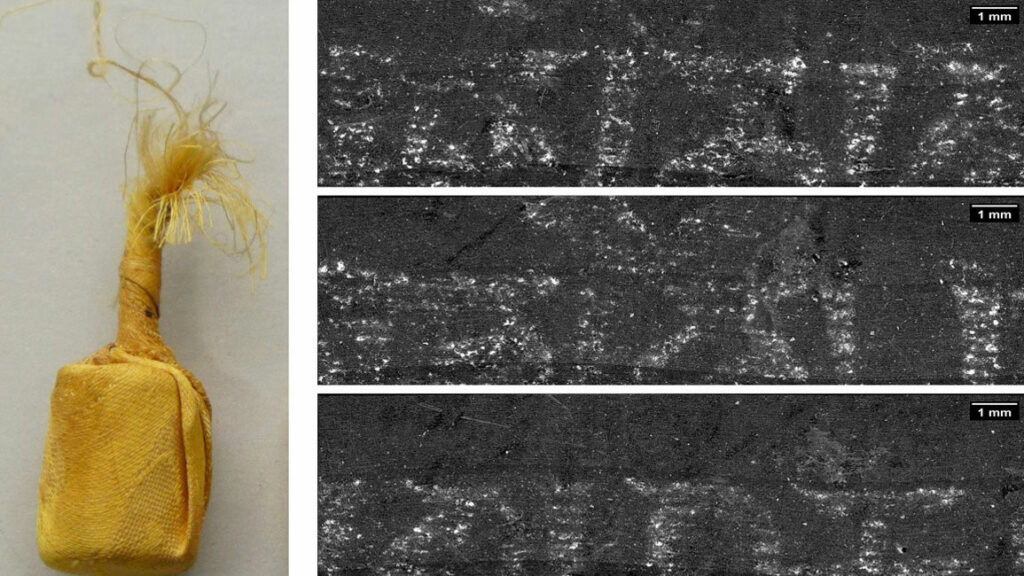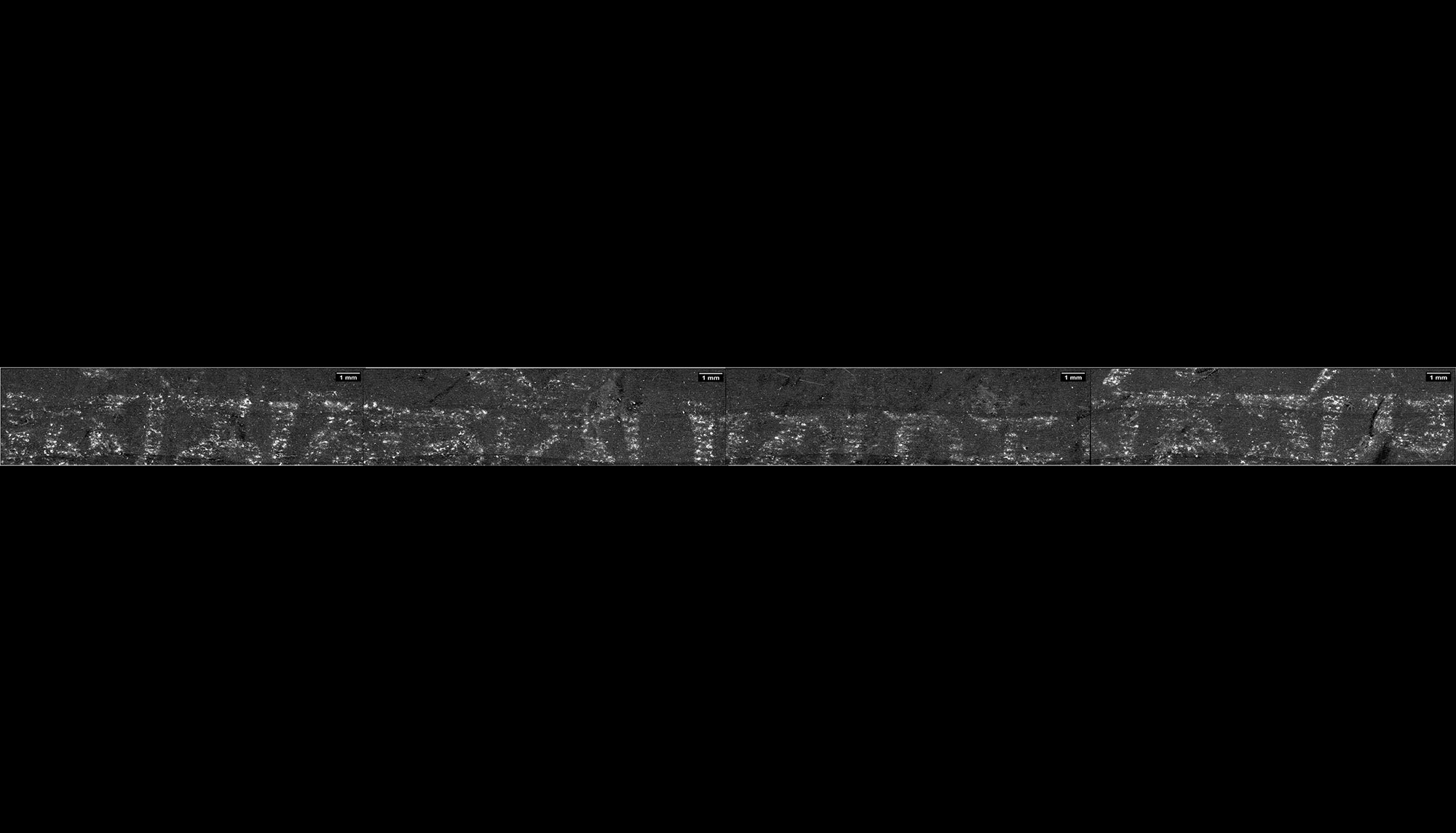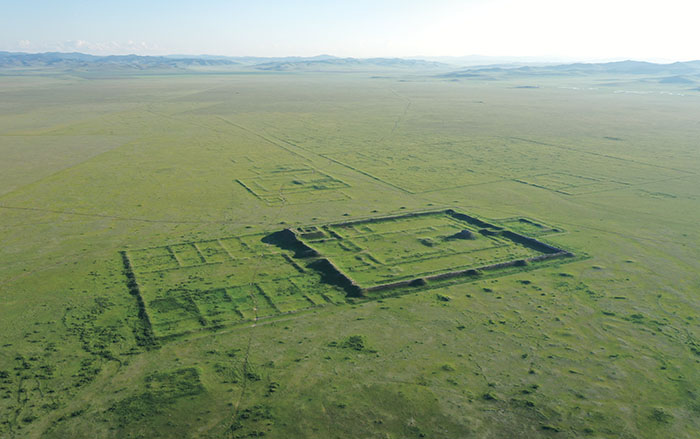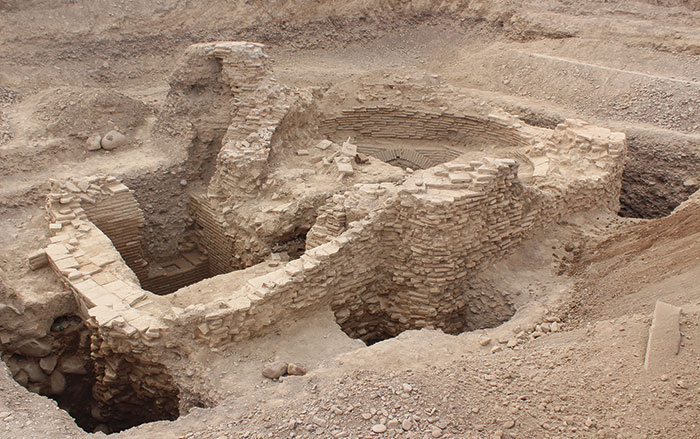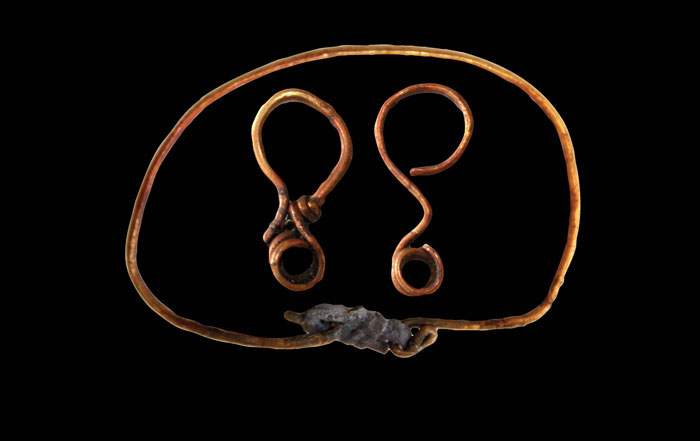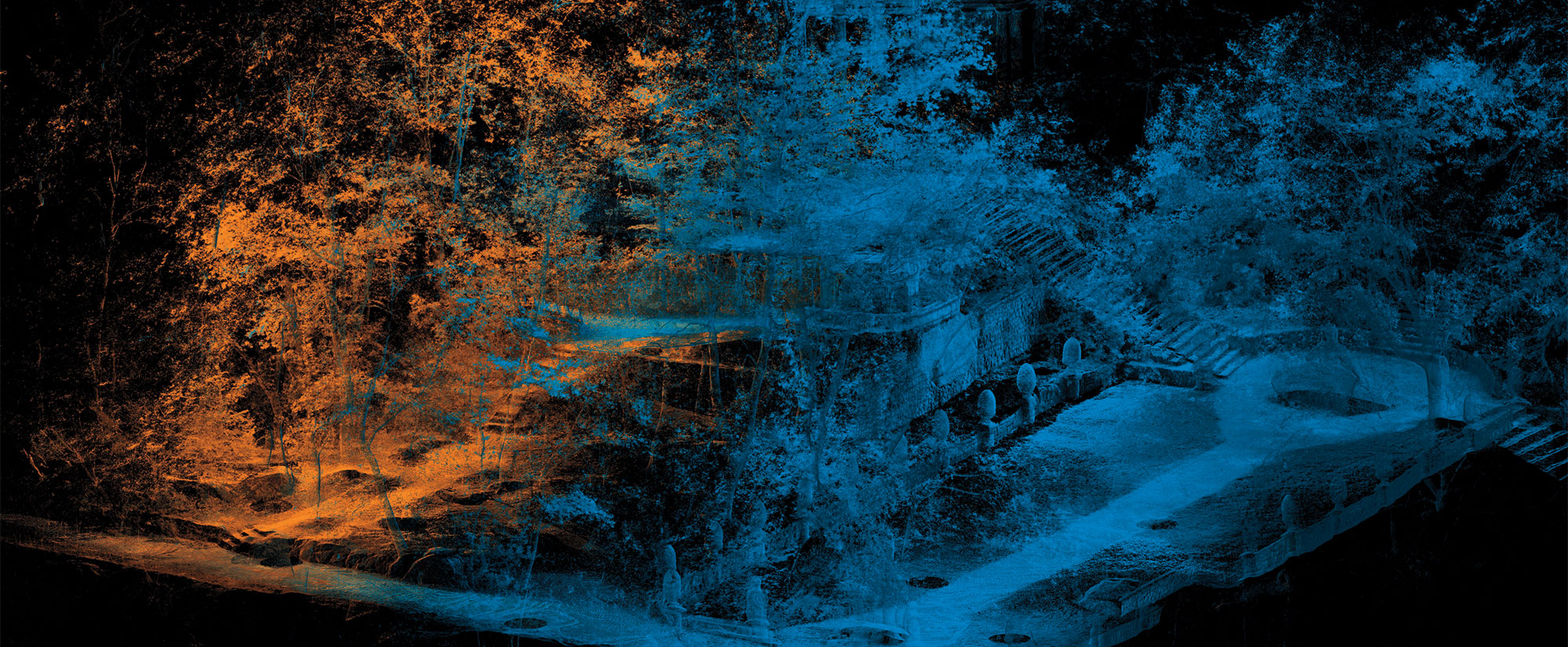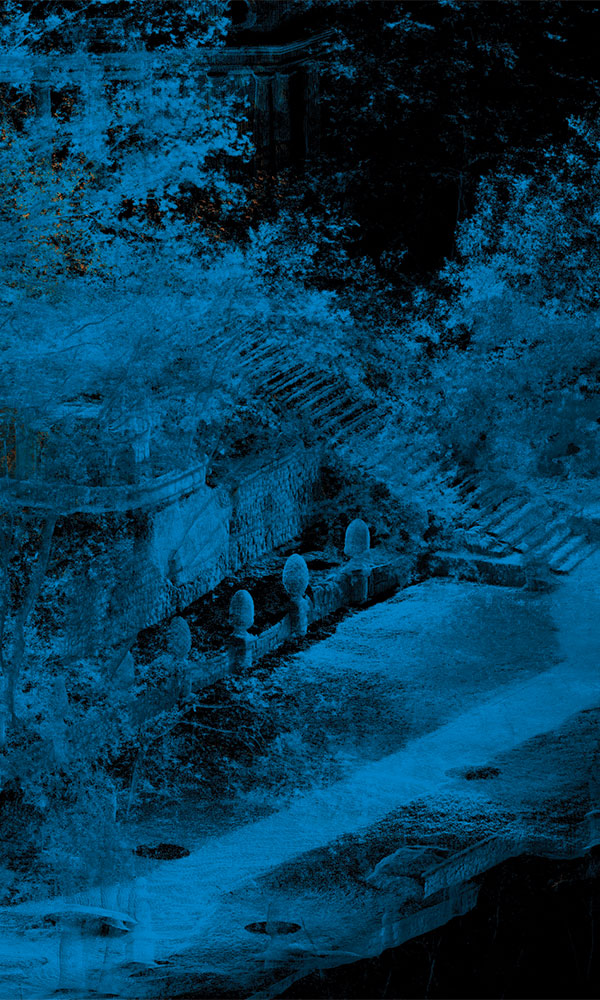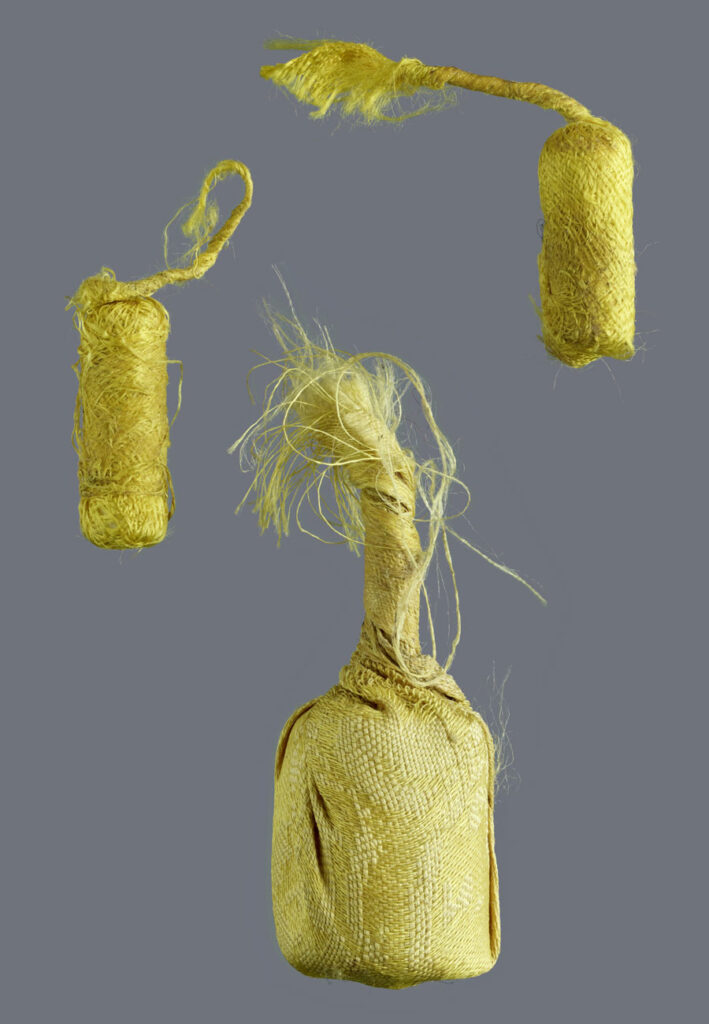
BERLIN, GERMANY—Popular Science reports that German scientists used advanced technology to virtually unroll a delicate ancient Buddhist scroll. For centuries, Mongolian nomads often carried portable Buddhist shrines, known as gungervaa, with them wherever they traveled. These sometimes contained statues, decorative objects, religious relics, and spiritual keepsakes. Most notably, they often held dharanis, tiny scrolls featuring prayers that were commonly stored in silk pouches. During the Mongolian Revolution of 1921, this tradition was almost completely eradicated and many of these shrines were destroyed. One gungervaa, however, made its way into the collection of the Ethnological Museum in Berlin, where it remained in storage for decades. Researchers from Helmholtz-Zentrum Berlin recently used 3D X-ray tomography and experimental artificial intelligence to noninvasively analyze three of the minuscule one-inch scrolls. They determined that each was made from 31.5-inch strips of parchment wrapped tightly as many as 50 times. The images were even able to reveal traces of discernible writing, which was composed in Tibetan characters but in the Sanskrit language. One legible phrase that could be made out was the oldest and most popular Tibetan Buddhist mantra, “Om mani padme hum,” which translates to “praise to the jewel in the lotus.” According to the report, the study’s authors cautioned that while extremely helpful, X-ray tomography remains labor-intensive and cannot yet be used as a standard practice. Read the original scholarly article about this research in Journal of Cultural Heritage. To read about a Buddhist sculpture uncovered in India's state of Odisha, go to "The Elephant and the Buddha."
